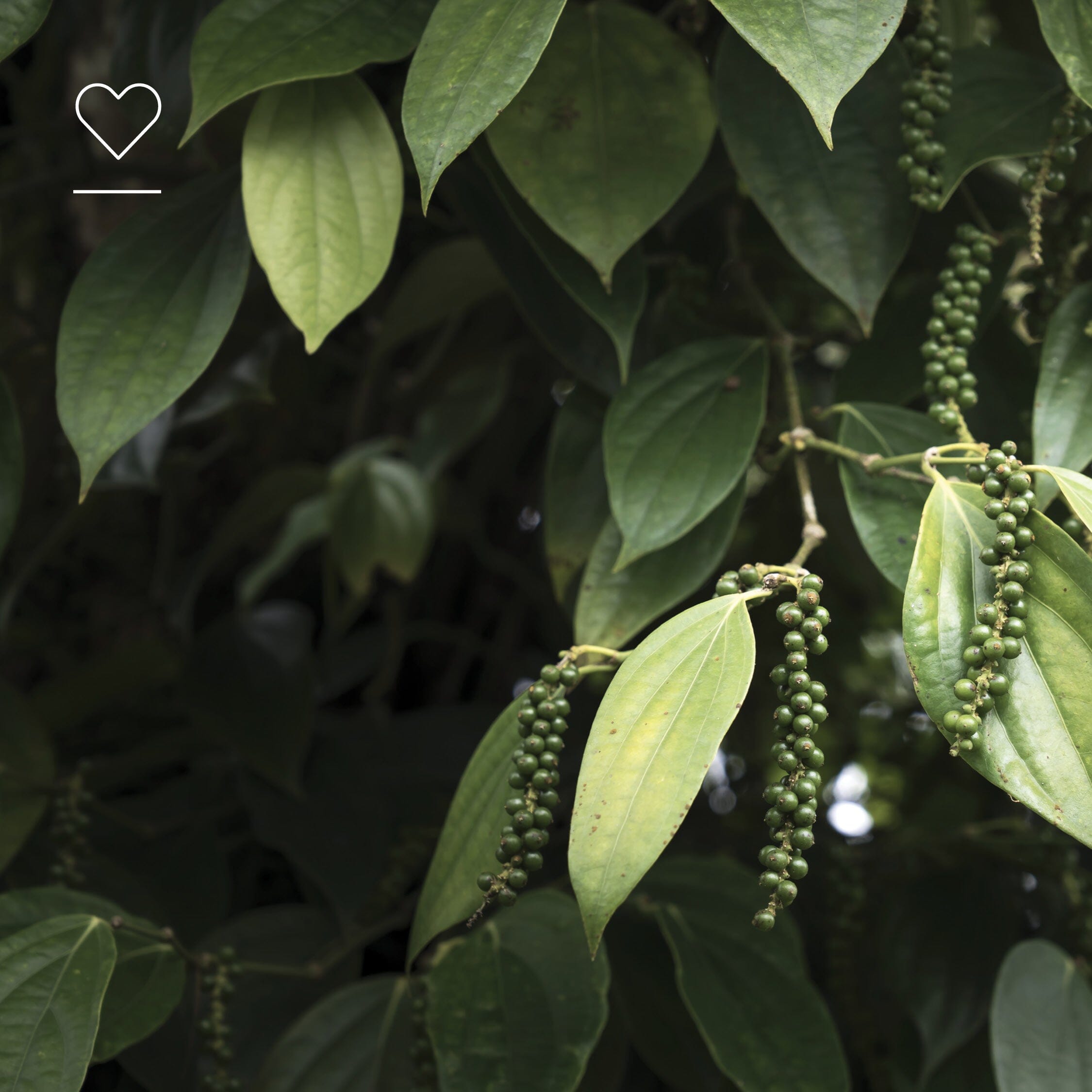Cannabinoids are a class of compounds that have a wide range of effects on the body. While many people are familiar with the psychoactive effects of tetrahydrocannabinol (THC), which is found in the cannabis plant, there is much more to the world of cannabinoids than just THC. In this blog, we'll take a closer look at phytocannabinoids, including cannabidiol (CBD) and its analogues, and the endocannabinoid system.
Phytocannabinoids are cannabinoids that are found in plants, including the cannabis plant. These compounds have a wide range of effects on the body, and they interact with the endocannabinoid system to regulate various functions. Some of the most well-known phytocannabinoids include THC, CBD, cannabigerol (CBG), cannabichromene (CBC), and cannabidivarin (CBDV). Each of these compounds has its own unique properties and benefits¹.
Cannabidiol (CBD) is a non-psychoactive compound that has been gaining popularity in recent years due to its many potential health benefits. Unlike THC, CBD does not produce the "high" that is commonly associated with cannabis use. Instead, it has been shown to have several therapeutic benefits, including reducing anxiety, reducing inflammation, and improving sleep.
In addition to CBD, there are several other non-psychoactive phytocannabinoids that have similar properties and effects. These compounds are known as "analogues" of CBD, and they include CBG, CBC, and CBDV.
The endocannabinoid system is a complex network of receptors and enzymes that are found throughout the body. This system plays a crucial role in regulating many of the body's functions, including mood, appetite, sleep, and pain perception. The endocannabinoid system is composed of two main types of receptors, CB1 and CB2, which are found in different parts of the body and play different roles in regulating the body's functions².
The endocannabinoid system is activated by both natural and exogenous cannabinoids, such as those found in plants. When a cannabinoid binds to a receptor in the endocannabinoid system, it triggers a response that can help to regulate various aspects of the body's functions. For example, CBD has been shown to bind to CB1 receptors in the brain, which can help to reduce anxiety and improve mood².
In conclusion, phytocannabinoids are a diverse class of compounds that are found in plants, including the cannabis plant. These compounds have a wide range of effects on the body, and they interact with the endocannabinoid system to regulate various functions. CBD and its analogues are non-psychoactive phytocannabinoids that have been shown to have therapeutic benefits, and they are becoming increasingly popular due to their many potential health benefits. The endocannabinoid system is a complex network of receptors and enzymes that play a crucial role in regulating many of the body's functions, and it is activated by both natural and exogenous cannabinoids. As research continues to uncover the many benefits of phytocannabinoids, it is likely that these compounds will become increasingly popular and widely used in the future.
Suzy Walsh
BBA (Hons)., BNat., mNMHNZ
Registered Naturopath & Medical Herbalist
References:
¹ Lowe, H., Toyang, N., Steele, B., Bryant, J., & Ngwa, W. (2021). The Endocannabinoid system: A potential target for the treatment of various diseases. International Journal of Molecular Sciences, 22(17), 9472. doi: 10.3390/ijms22179472
² Pérez, R., Glaser, T., Villegas, C., Burgos, V., Ulrich, H., & Paz, C. (2022). Therapeutic effects of cannabinoids and their applications in COVID-19 treatment. Life, 12(12), 2117. doi: 10.3390/life12122117


![Never Grow Old - Longevity Issue [Nutrition Business Journal]](http://scienceresearchwellness.com/cdn/shop/articles/NBJ_Post_-_LinkedIn.jpg?v=1692742979&width=1500)
![Circulatory system care "vital" [NZHERALD]](http://scienceresearchwellness.com/cdn/shop/articles/SRW_-_News_Clip_-_Post_-_Cir1_-_D1_dfadc7dc-c57a-4f80-82bd-4fdb5ba5f0cd.jpg?v=1692742734&width=1500)
